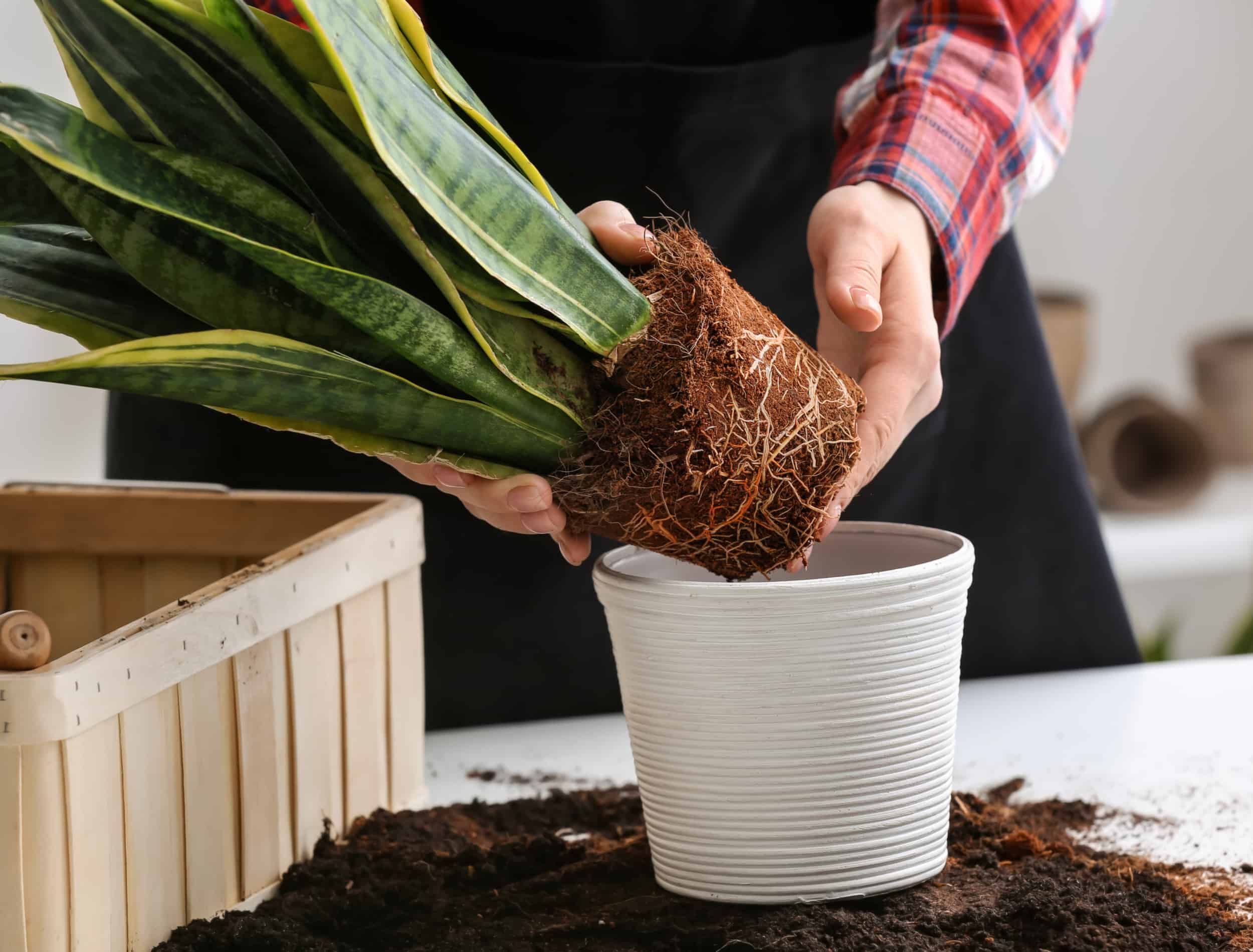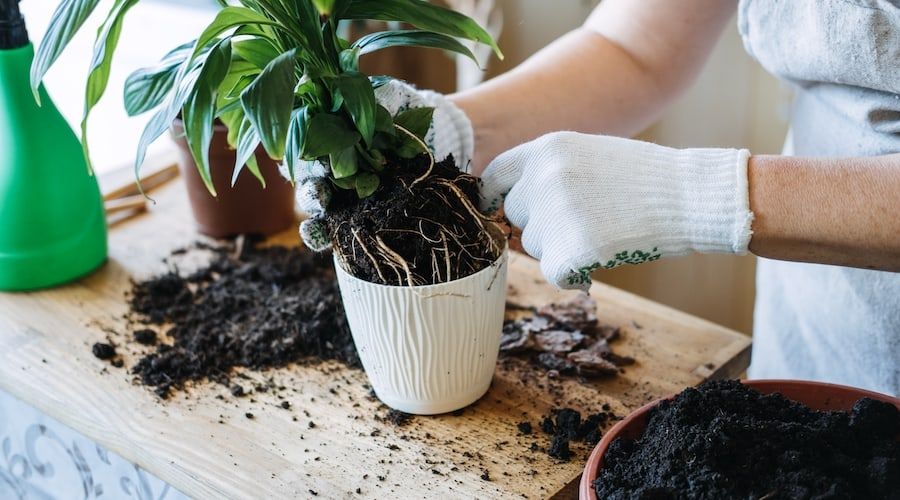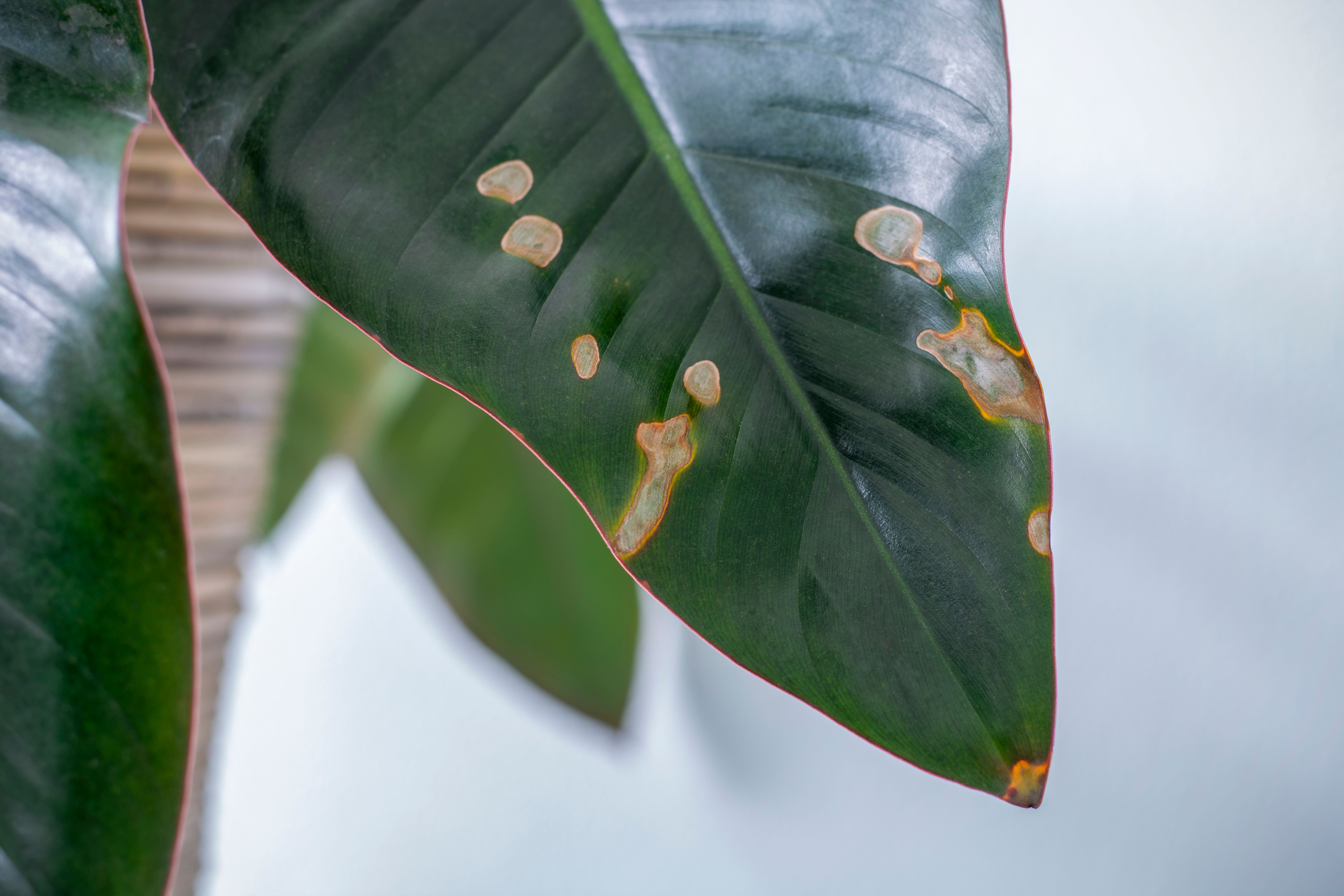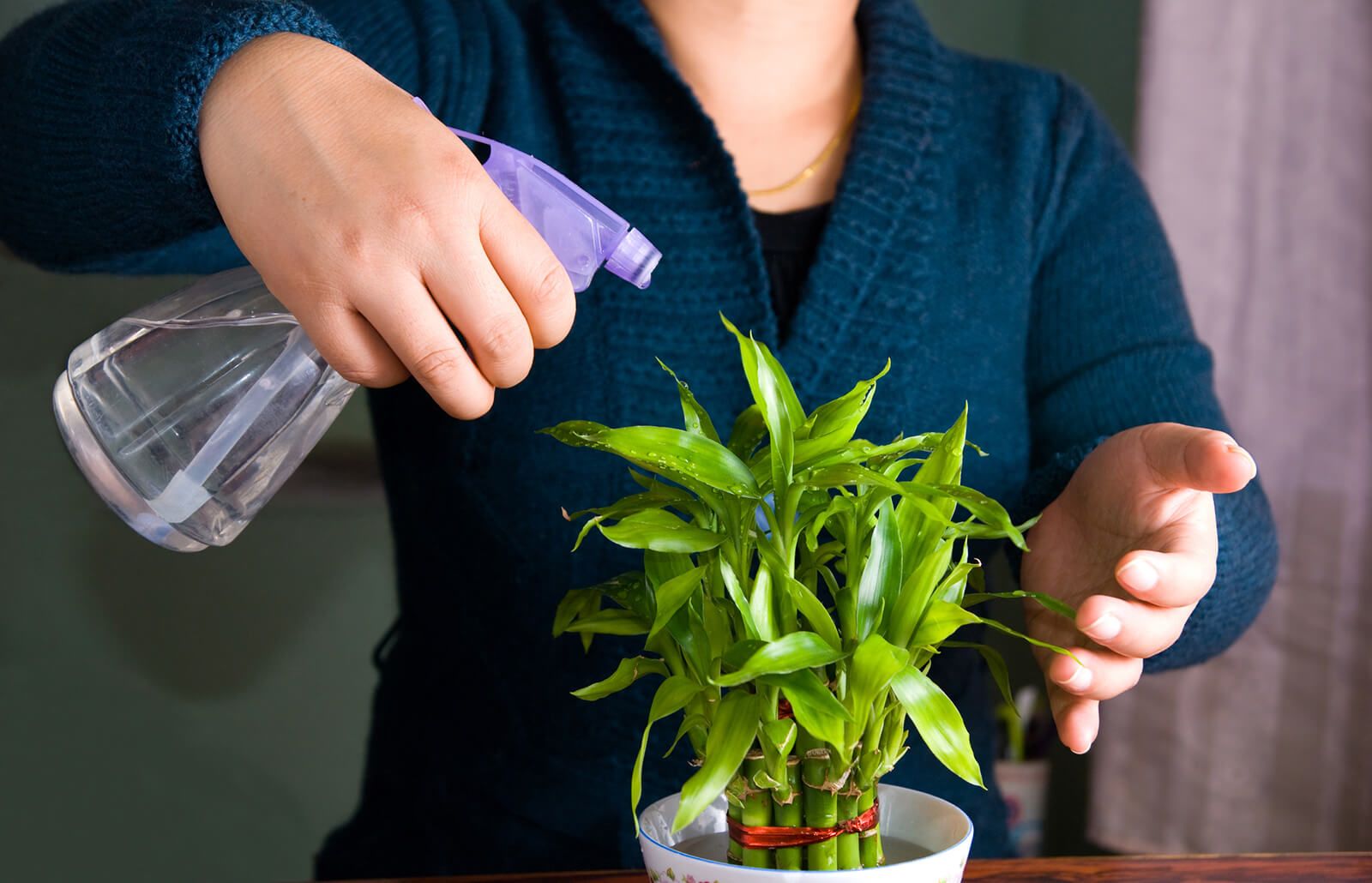Plants are a great way to brighten up any room in your house, and they can really help to freshen the air too. But even the best plants need a little TLC every now and then, and that includes repotting them! If you're not sure how to go about it, don't worry - here are seven tips to perfectly repotting your plants!
Read on to learn more!
Choosing The Right Pot
Image credits: Cori Sears via Canva
When repotting your plants, it is important to choose the right size pot. The pot should be big enough to accommodate the roots of the plant, but not too big that the soil dries too slowly. The following tips will help you choose the right pot for repotting your plants:
- Make sure that the pot has drainage holes. If the pot does not have drainage holes, water will build up in the bottom of the pot and cause the roots of your plant to rot.
- Choose a pot that is slightly larger than the current pot. This will give the roots of your plant room to grow.
- Make sure that the pot is clean. If repotting into a used pot, be sure to clean it with soap and water to remove any dirt or debris that could contaminate your plant.
- Choose a pot that has a wider opening than the current pot.
Following these tips will help you choose the right pot for repotting your plants. With a little bit of planning, you can ensure that your plants have the space they need to grow and thrive.
Prep Your Pot
Image credits: doo_yikyik via Canva
Adding gravel or rocks to the bottom of your pot when repotting is a great way to ensure proper drainage and prevent your plant from becoming waterlogged. The gravel also helps to anchor the plant in place, which is especially important if you're using a light potting mix.
Make sure to use clean gravel or rocks and wash them thoroughly before adding them to your pot.
High-Quality Potting Mix
Image credits: mixetto via Canva
When you're repotting your plants, you want to make sure you're using a high-quality potting mix. This will ensure that your plants are able to thrive in their new environment.
Here are a few things to look for when choosing a potting mix:
- Good drainage: The mix should drain well and not hold onto too much water.
- Aeration: The mix should be aerated so that roots can breathe and receive the oxygen they need.
- Nutrients: The mix should contain nutrients that will help your plants grow.
- pH balance: The mix should have a slightly acidic pH balance, which is ideal for most plants.
With the right mix, your plants will be well on their way to a healthy and happy life.
Gently Remove Your Plant From Its Old Pot
Image credits: Iryna Imago via Shutterstock
You'll want to do this carefully so as not to damage the roots of the plant. The best way to remove a plant from its pot is to slide it out slowly and carefully. Once the plant is out of its pot, you can inspect the roots and determine if they need trimming before being placed in a new pot.
If the roots look healthy, you can proceed to repotting your plant. If the roots look damaged or unhealthy, you may want to consider trimming them before repotting. Trimming the roots will help encourage new growth and ensure that your plant remains healthy.
Check For Pests And Diseases
Image credits: Ellyy via Shutterstock
When repotting your plants, it's the perfect time to check them for any pests and diseases. By doing this, you can nip any problems in the bud before they have a chance to take hold and do serious damage.
As mentioned above, start by examining the roots. Healthy roots are white or light-colored and firm, while unhealthy roots are dark-colored and mushy. If you see any that fall into the latter category, trim them away.
Next, take a look at the leaves. Healthy leaves are vibrant green and free of spots or other blemishes. If you see any that don't fit this description, remove them from the plant.
Finally, check the stems for signs of pests or fungal disease. If you see any, take appropriate action to deal with the problem.
Water Evenly
Image credits: sansubba via Getty Images
When repotting, it is important to water well. This will help to settle the roots and encourage new growth. Here are some tips on how to water your plants when repotting:
- Use lukewarm water. This will help to prevent shock to the roots.
- Water slowly and evenly. You don't want to drown the plant, but you do want to make sure all of the roots are getting the appropriate amount of water.
- After repotting, keep an eye on your plant and water as needed. The first few days are critical for the plant's survival.
Acclimate Slowly
Image credits: annastories via Canva
If you've just repotted your plant, congratulations! This is an important step in keeping your plant healthy. But repotting can be stressful for plants, so it's important to acclimate them properly afterward. Here's how to do it:
- Choose a spot for your plant that has good light and ventilation. A windowsill is a good choice.
- Check on your plant regularly over the next few days. Make sure it isn't wilting or drooping - if it is, give it a little more water.
After a week or so, your plant should be settled into its new pot and ready to thrive! Repotting can be an intimidating task but following these simple steps will help ensure that your plant has a smooth transition.
In Summary
As you can see, repotting your plants is not as hard as it might seem. With these seven tips in hand, you should be able to do it like a pro! Do you have any tips or tricks that we didn’t mention? Let us know in the comments below – we would love to hear from you. And don’t forget to keep on keeping your plants happy and healthy by giving them plenty of love and attention. Thanks for reading!








